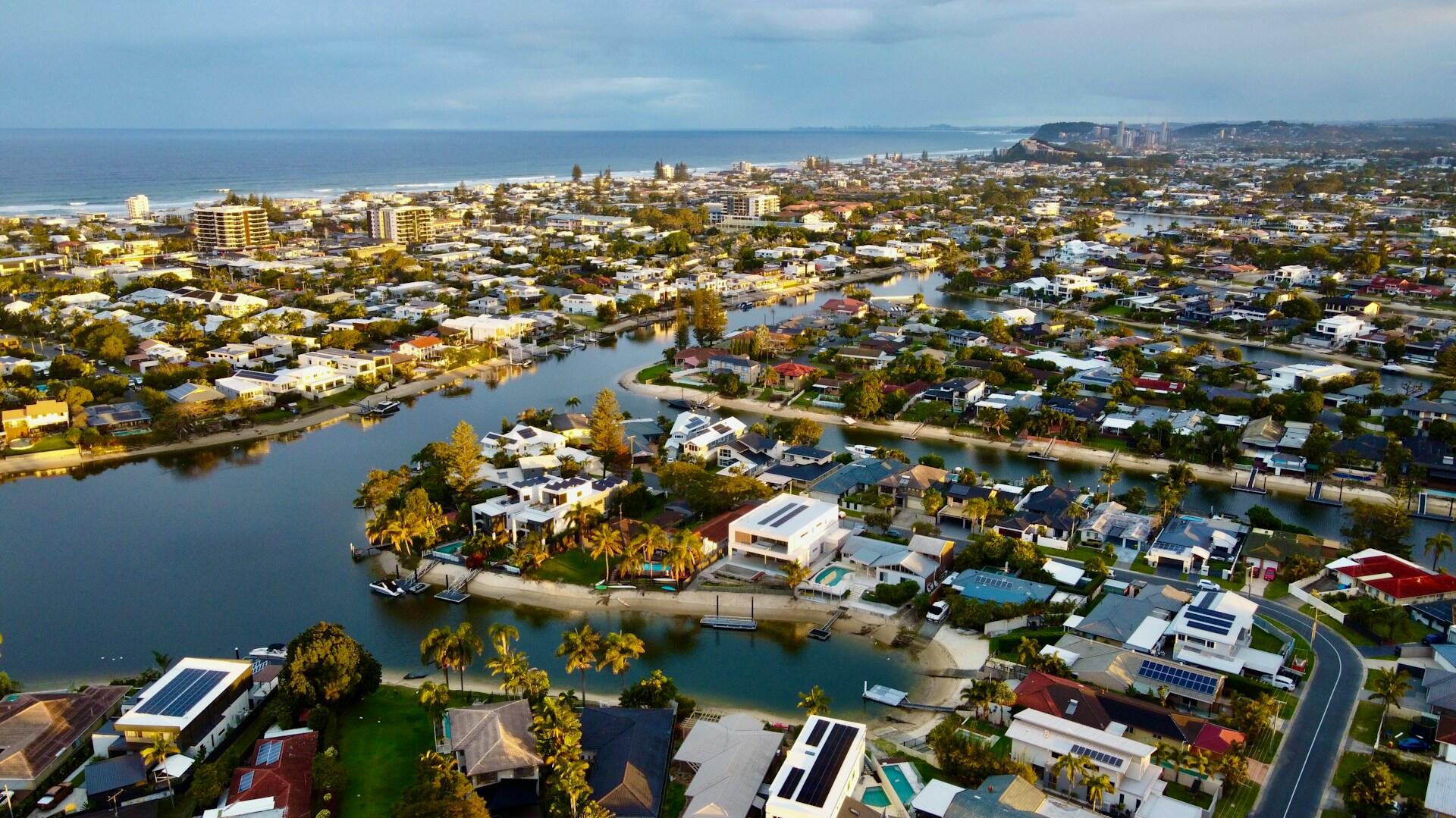Australia’s love affair with property is legendary.
From backyard barbecues to water cooler conversations, real estate dominates our discussions.
But beyond the white picket fences and sea views lies a dynamic investment landscape — one that attracts both local and overseas investors.
Let’s explore the ins and outs of investing in Australian property. We'll consider its relation to global markets, and delve into recent news shaping the sector.
The Australian Property Market: A Multifaceted Landscape
Australia’s property market is a patchwork quilt of opportunities. Whether you’re eyeing a beachside apartment, a suburban house, or a rural retreat, understanding market dynamics is crucial. Here are some key considerations.
Urban vs. Regional: Choose your location wisely. Urban centres offer convenience and amenities, while regional areas provide affordability and lifestyle benefits.
Legal Framework: Overseas investors face regulations when buying Australian property. These rules dictate property types, ownership restrictions, and foreign investment limits.
Market Trends: Keep an eye on supply and demand, interest rates, and demographic shifts. Population growth and urbanisation influence property values.
The Global Lens: Comparing Australian Real Estate
Investors often wonder how Australia’s property market stacks up globally. Here’s a glimpse.
Rental Yields: Australia’s median rent has surged to record heights, reaching $627 per week. This trend impacts both local and overseas investors.
Capital Growth: While annual rent growth accelerates, capital growth remains a key driver. Property values appreciate over time, especially in cities like Melbourne and Perth.
Foreign Investment: Australia’s appeal to overseas buyers is multifaceted. Factors include migration trends, employment opportunities (such as mining), and lifestyle appeal.
Negative Gearing and Soaring Rents
Let’s dive into two critical aspects affecting the property landscape:
Negative Gearing:
The Fiction: Negative gearing allows landlords to offset losses from property investments against other income. The fiction lies in assuming that landlords pursue income when their properties fail to generate it.
Overseas Comparison: Unlike Australia, landlords in the UK and the US can’t offset losses against wages. Canada requires landlords to demonstrate an “intention to make a profit” before claiming losses.
Recent Debate: Treasury examines negative gearing, questioning its perpetuity. Critics argue for limits or reforms to ensure a fairer system.
Soaring Rents:
Record Highs: The median weekly rent now stands at $627, pushing renters to outer suburbs and regional areas. Annual rent growth accelerated in 2024, affecting tenants across the country.
Regional Impact: Regional Australia experiences pronounced growth, reflecting the need for affordable housing. Perth saw the highest annual rent increase, driven by migration trends and employment opportunities.
Melbourne’s Surge: Melbourne’s rental growth hit 9.6%, with suburbs like Dandenong and Tullamarine-Broadmeadows leading the charge.
The Path Forward: Informed Decisions
As an investor, stay informed, diversify your portfolio, and consider long-term goals. Whether you’re an Aussie expat or an overseas buyer, Australian property offers exciting prospects. Just remember, due diligence is your compass in this ever-evolving market.
Disclaimer: This article provides general information and does not constitute financial advice. Always consult a professional advisor before making investment decisions.
